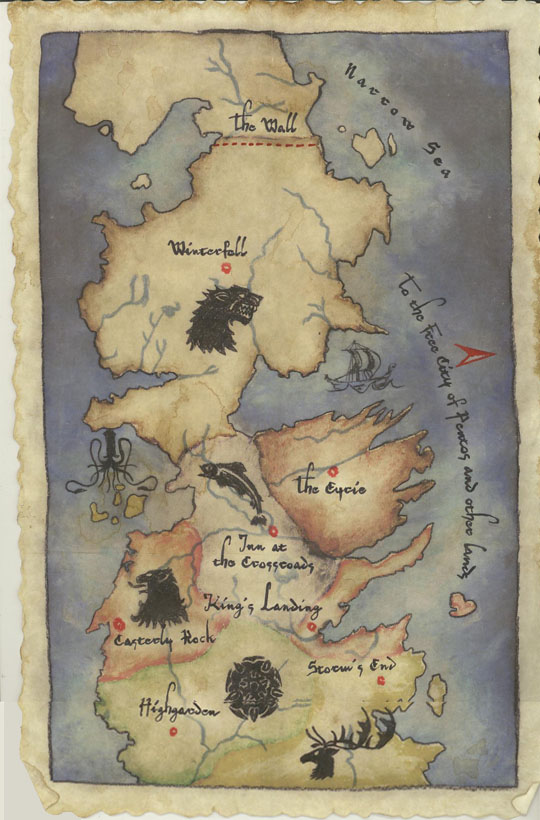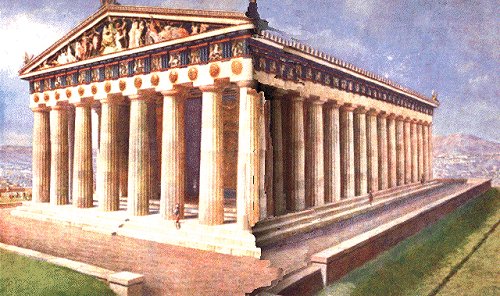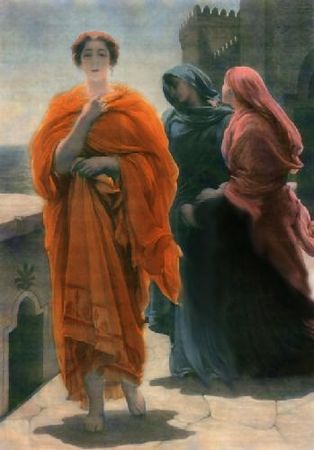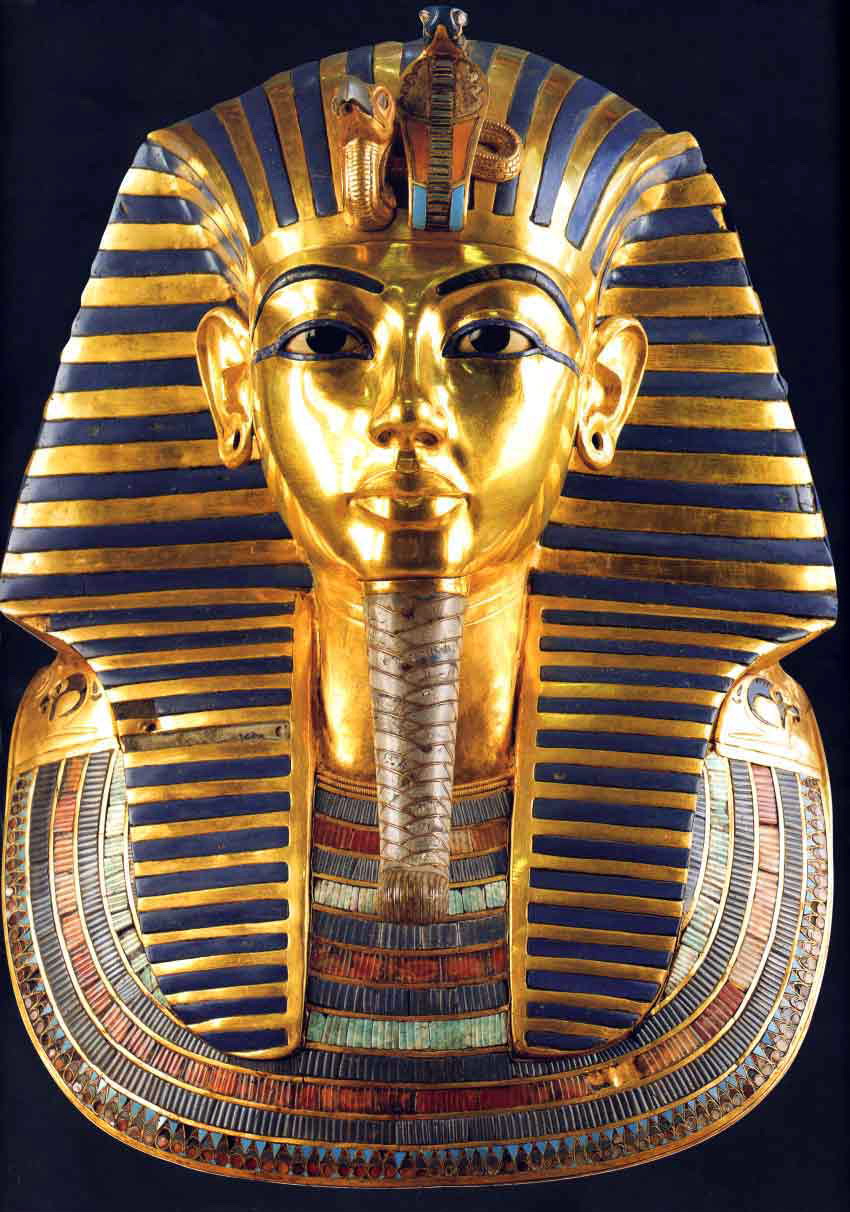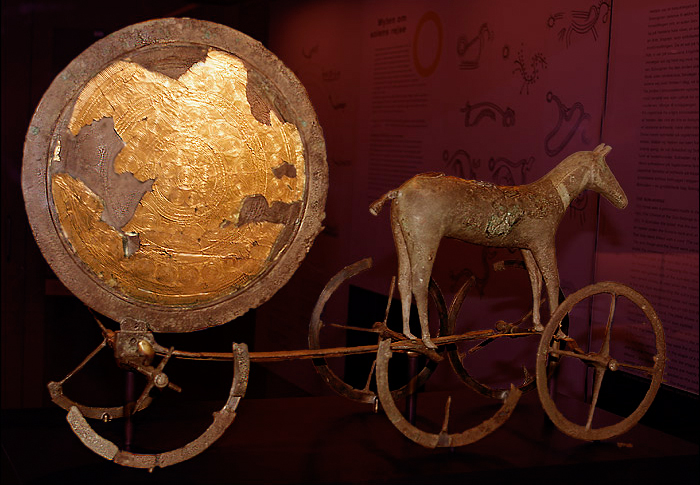Hello! Right now I'm going to make a summary of a video about Chinese Painting. I have been studying Chinese for almost a year now, so I found this video about Chinese culture really interesting and pleasing to watch. I hope you enjoy it and the summary as much as I did!
Part 1/2
https://www.youtube.com/watch?v=OSszFPOX2Pc
Part 2/2
https://www.youtube.com/watch?v=AMwo_qPoZH8
Chinese culture's paintings are one of the oldest and most interesting forms of art. In many different styles, the painters of China have struggled to represent the beauty of their country's landscape through colorful or monochrome paintings. They have created an aestethic which is truly unique to these lands of China. There are lots of Chinese Paintings masterpieces at the Victoria and Albert museum, some of them so rare that they cannot be exhibited to open public. All of these paintings where so innovative that they were centuries ahead of European forms of art.
The woman of the video went to the Gobi desert to look at some chinese paintings that had been hidden from the world for hundreds of years. In that place, there is more than a millenium of cultural history. Most of the murals are almost intact because of the use of lapiz lazuli. This is the biggest place of buddist art in the world. This technique wasn't seen in Europe until the Middle ages. In similar caves, they found tons of manuscripts, which include the oldest printed book of all. The question is, how did Chinese painting change over time?
The answer lies in the fact that most of the paintings were done for interior decorations, and they slowly began to adapt to the different ways of court. The woman of the video shows us several paintings showing court life, the empress life style, etc. But there was a change waiting to be completed, one that would change the Chinese Art forever.
It was an emperor who brought this change. He was both artist and ruler, so he began to support artistic progress in China. It is the same way it may happen nowadays: if a president loves cinema, he will support the film industry in his country to be able to enjoy more of it. This is exactly what happened with this emperor. He built a school for painters, so the newly educated painters began to change the way the Chinese people regarded and performed art. They began depicting highly detailed scenes, specially from nature. The Chinese were now firmly on realism.
A new social class began to rise, one of artists with power: they were known as scholar painters. Calligraphy began to become really important for Chinese people, in a way that they were almost "writing paintings". Until nowadays, chinese artists have to practice Calligraphy. In terms of aesthetics and skill, Chinise painting can not succeed without calligraphy. If you only have basic skills, you are not a true artist, you must dominate them, but that's not enough, you have to be special on your own also. The ones who master calligraphy can paint whatever pleases them. They usually paint landscapes that only exist in their minds. Scholar paintors often went to live in the mountains to reflect on the world around us.
Another important element is black ink. Most people think black ink is only black, but there are 5 different shades of black ink that may represent different things and have different meanings. They are heavy, light, dry, thirsty and white. These shades may cover all colors in nature. They also spread out landscapes to express feelings. They want you to want to look beyond the painting.
Chinese painting is maybe the most deep kind of painting. They are minimalist. They leave some place for your own imagination, for you to complete the image, for you to know or guess what's behind what is actually painted... This is what makes it so interesting.





